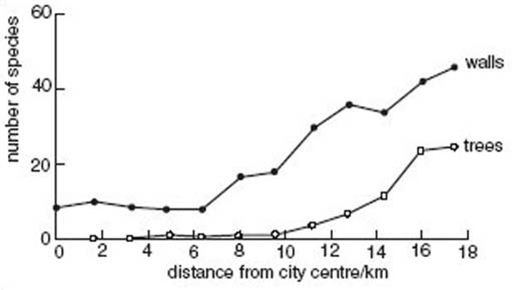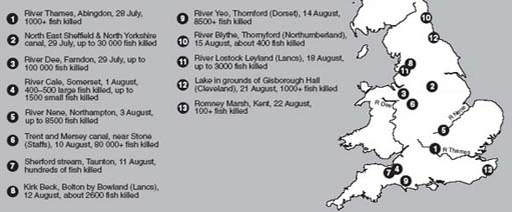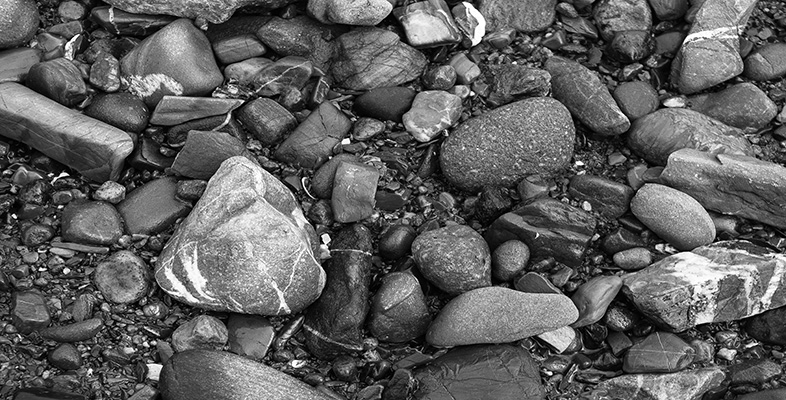2.1 Why study ecology?
These days, bird watching is a popular leisure activity and in the past so were collecting insects, wild flowers and birds’ eggs (although such activities are not now recommended – indeed, they are often illegal – because of the potential damage they cause to flora and fauna). Some amateurs are or were truly experts in their fields. In fact, much of the original identification of the British flora and fauna was done by amateur naturalists. Many a Victorian vicar or other self-taught naturalist contributed to the specialist knowledge available to, and used by, professional biologists today. And though ‘high-tech’ techniques are often used by professionals, many aspects of ecology can be studied with comparatively simple and limited equipment – provided one has time and patience.
Stories of environmental damage appear fairly frequently in the national press. Peat extraction (gardeners are now encouraged to use composts that do not have a peat base) and pollution of air and water are frequently highlighted. Such events have marked effects on local plant and animal populations by killing off organisms, or in the case of peat extraction, by eliminating whole habitats from a local area. Is this important?
There are obviously aesthetic reasons for preserving threatened habitats; diversity of landscape forms is pleasing to the eye – for instance, that created by hedgerows along roadsides and between fields, or by small woodlands. The general public usually appreciates this argument even when an ecologist's view, that maintaining the diversity of organisms and habitat is important for its own sake, is not accepted so readily. Preservation of different habitats in the landscape is closely associated with maintaining biodiversity and the healthy perpetuation of the flora and fauna, including rare species.
In many cases reduction of numbers leading to the elimination of organisms is an indicator that ecologically something has gone badly wrong. In time, this may even adversely affect the human population.
Figure 20 shows the number of species of lichens and bryophytes (i.e. mosses and liverworts) growing on trees and on walls at different distances westward (i.e. towards the prevailing wind) from the centre of Newcastle upon Tyne.

Table 2 gives the annual atmospheric sulfur dioxide (formula SO2) concentrations along a transect north-west from Newcastle upon Tyne city centre at about the time that these data were collected.
| Distance from city centre/km | SO2 concentration/g m−3 |
|---|---|
| 0 | 200 |
| 2.5 | 160 |
| 8 | 65 |
| 90 | 65 |
Question 4
From the information in Figure 20 and Table 2, describe the likely effect of SO2 pollution of the air on the growth of lichens and bryophytes.
Answer
The numbers of lichen and bryophyte species appear to decline with increasing SO2 pollution. (All we can state for certain is that numbers of lichen and bryophyte species decline and SO2 pollution increases as Newcastle upon Tyne city centre is approached.)
Question 5
Similarly, extreme levels of water pollution are often accompanied by fish deaths (Figure 21). Do you think that other organisms were killed, or only fish?
Answer
It is reasonable to expect that water pollution will kill other animals and plants.

With increasing levels of pollution – whether of air or of water – there is likely to be a gradual reduction in the population sizes, and eventually complete elimination, of species that are more susceptible to pollution.
Using the presence/absence and population sizes of organisms such as freshwater invertebrates that are typical of habitats with different characteristics, biotic indices measuring pollution levels can be constructed. Such animals are easy to use as indicators of the level of damage, as an expert can quickly assess which species are present using simple collection techniques and also estimate their numbers.
If we do not understand the reasons why different habitats continue to function, why organisms occur where they do, and why they increase or decline in numbers, it is impossible to identify or conserve threatened species. At the same time it is often not possible to make judgements on environmental issues affecting humans.
But why not leave such matters to the professionals? Why learn about how ecologists work? There certainly seems to be increasing concern about the soundness of much environmental decision-making. If you, as a member of the public, are to make valid judgements about information released in the press, you usually need some knowledge about the subject and especially about the ways in which data are collected and their reliability.
